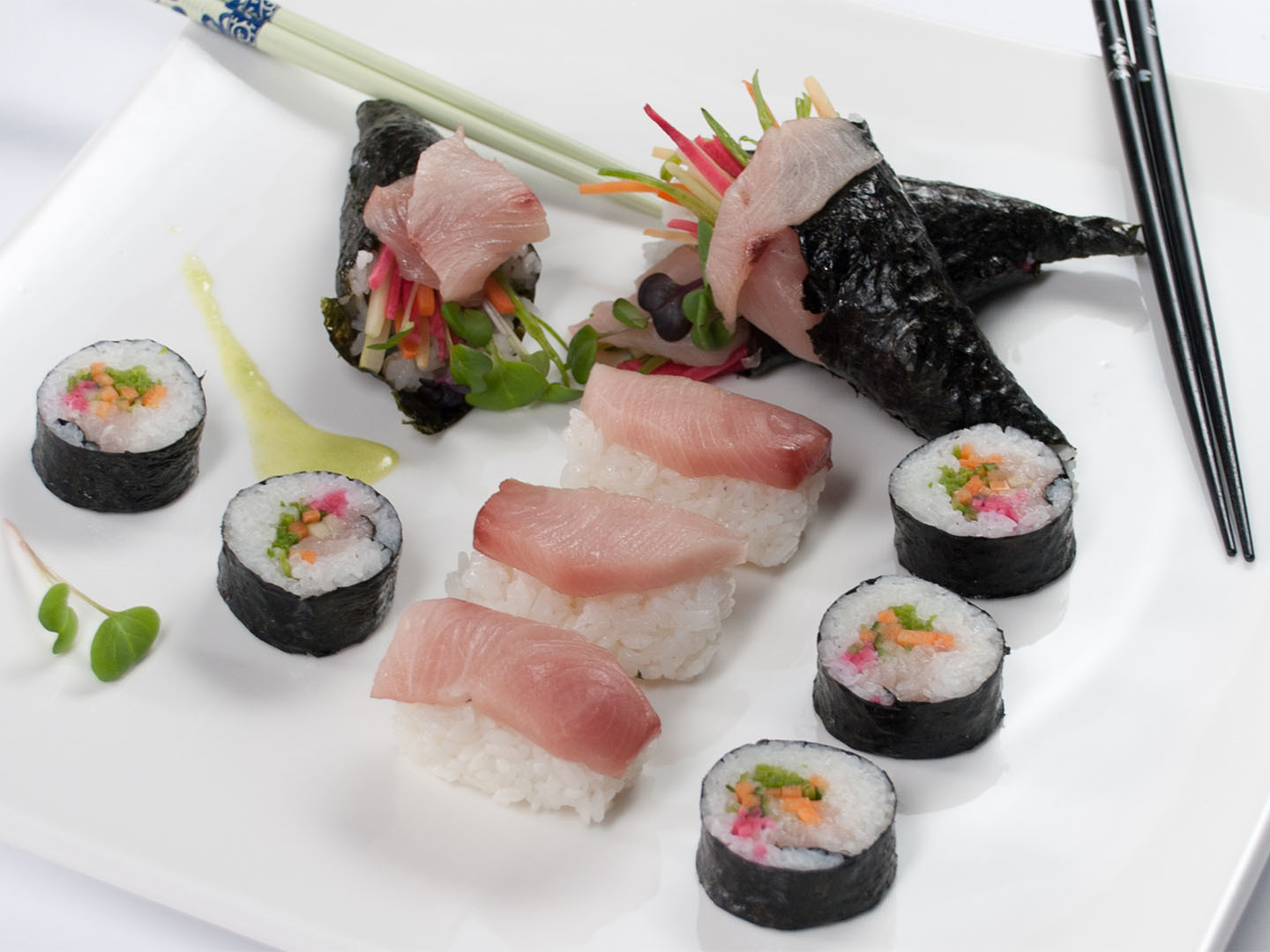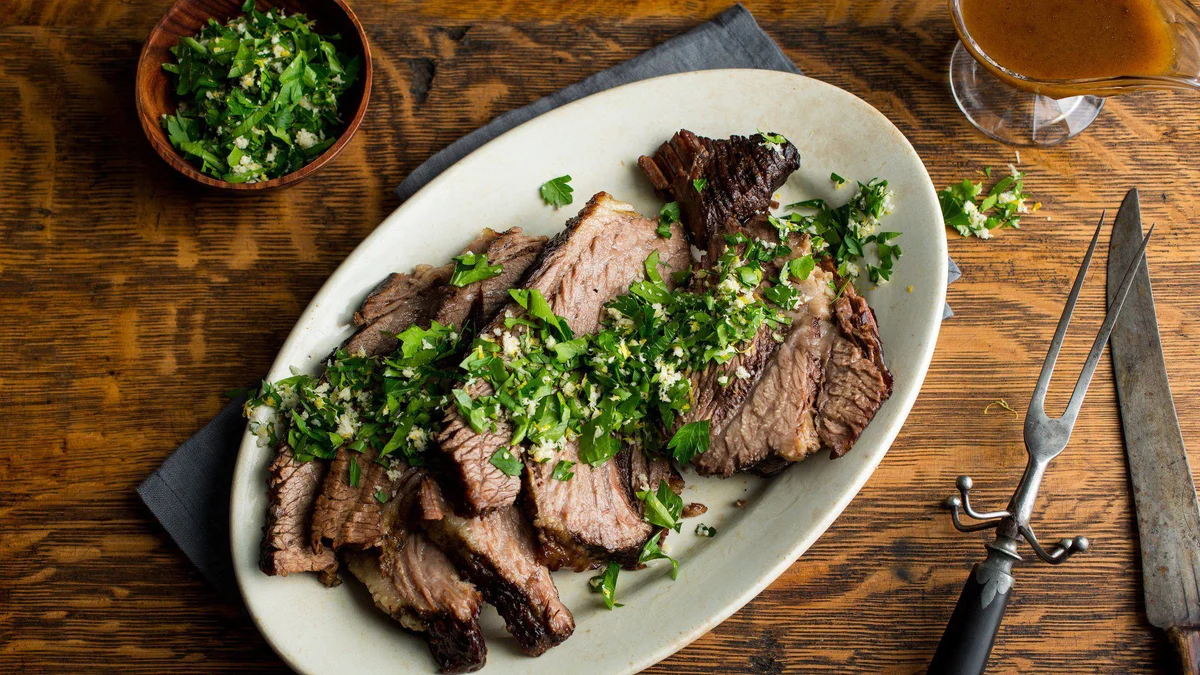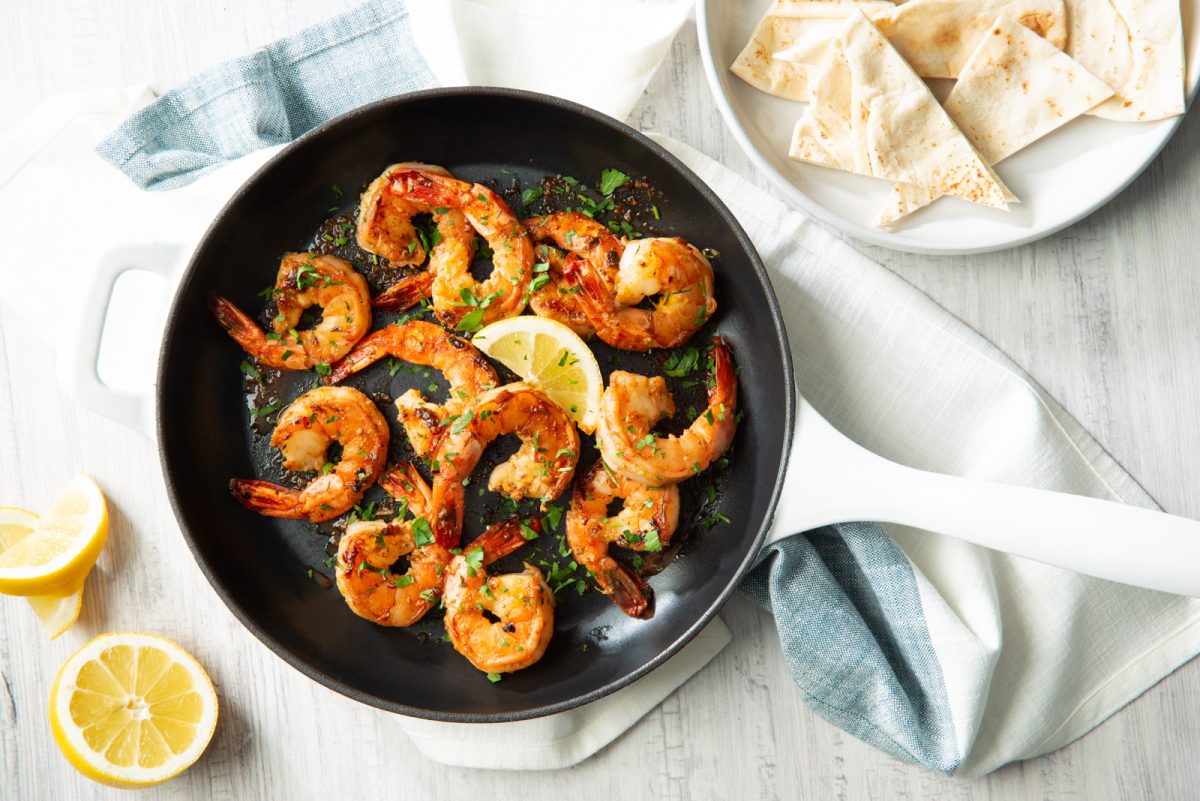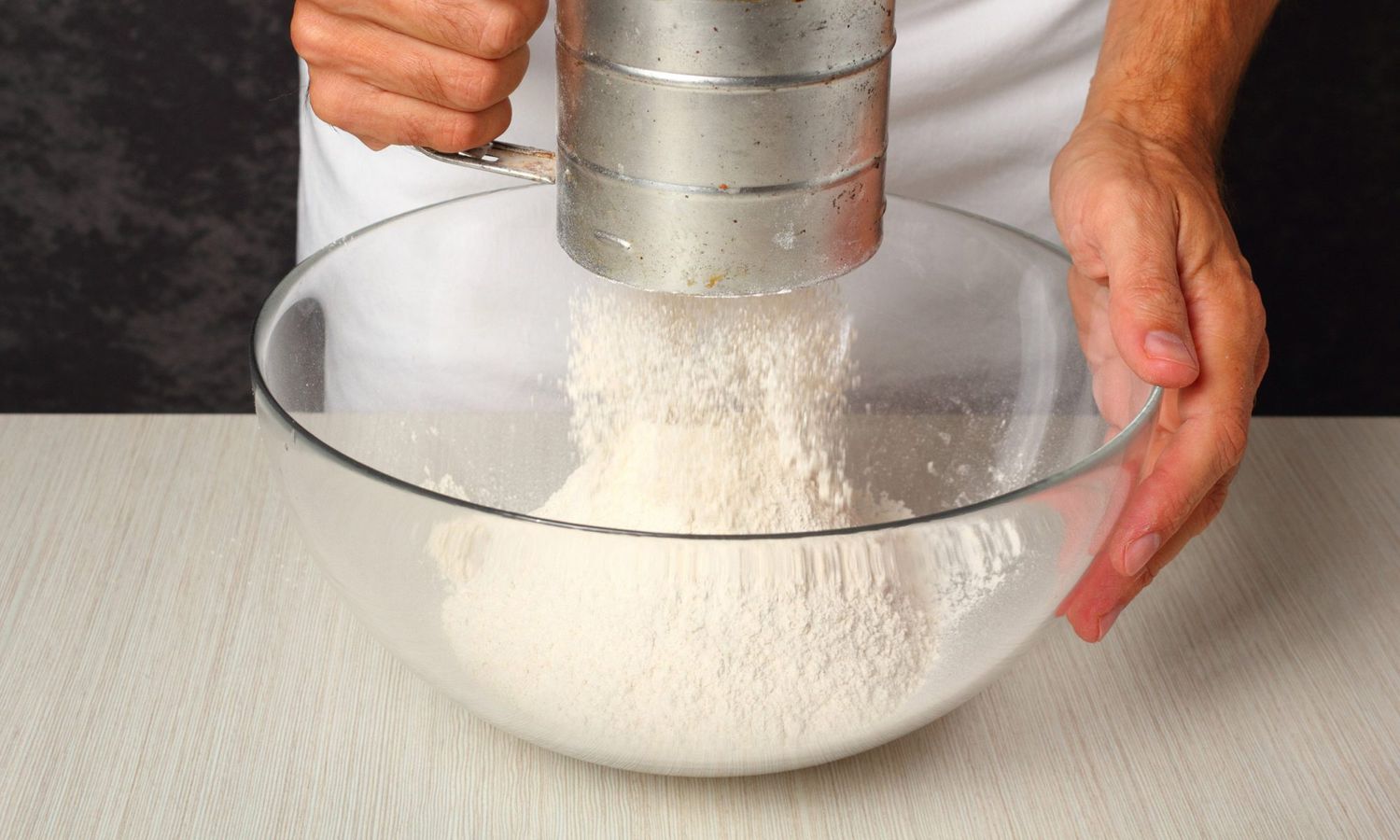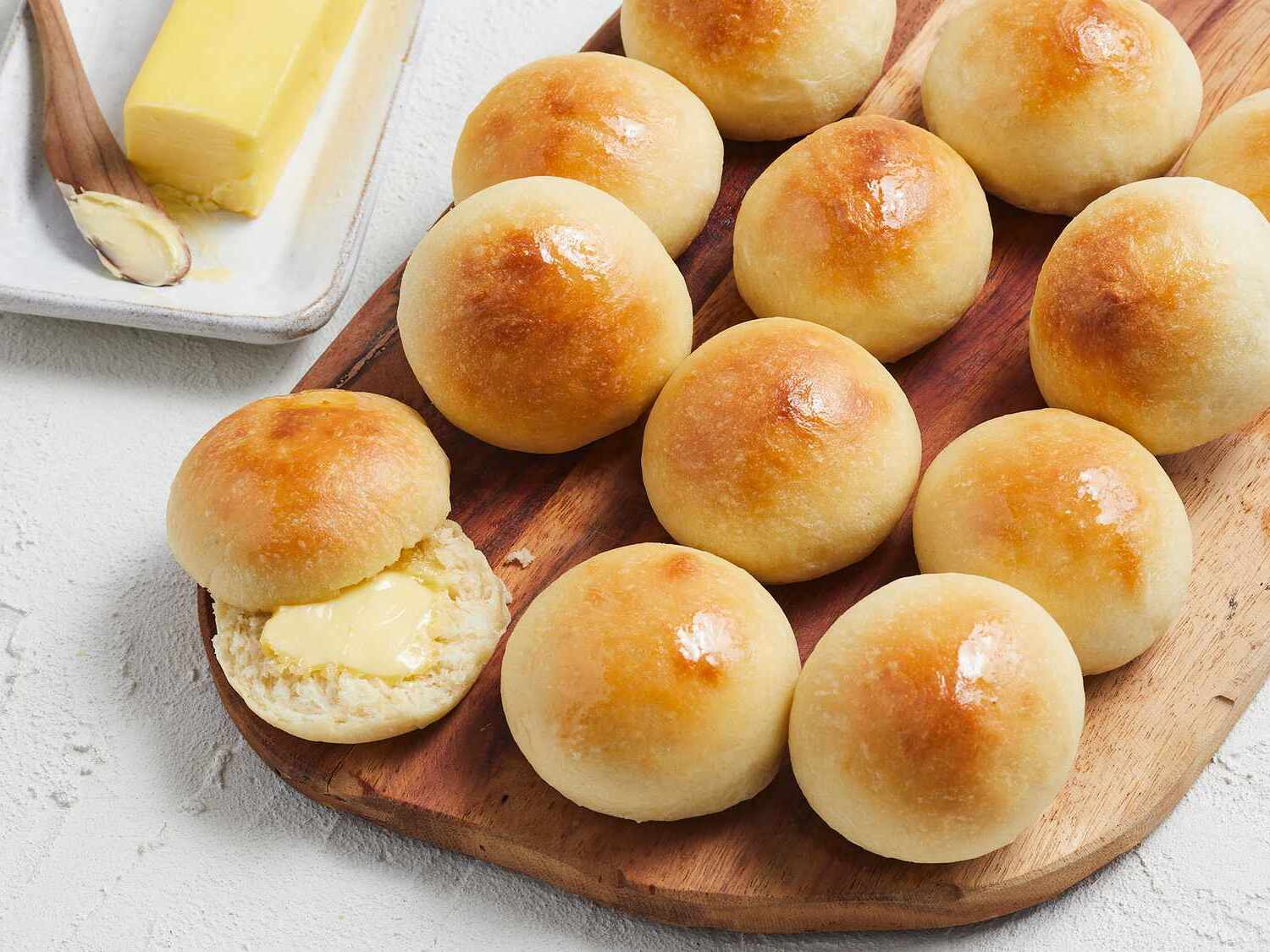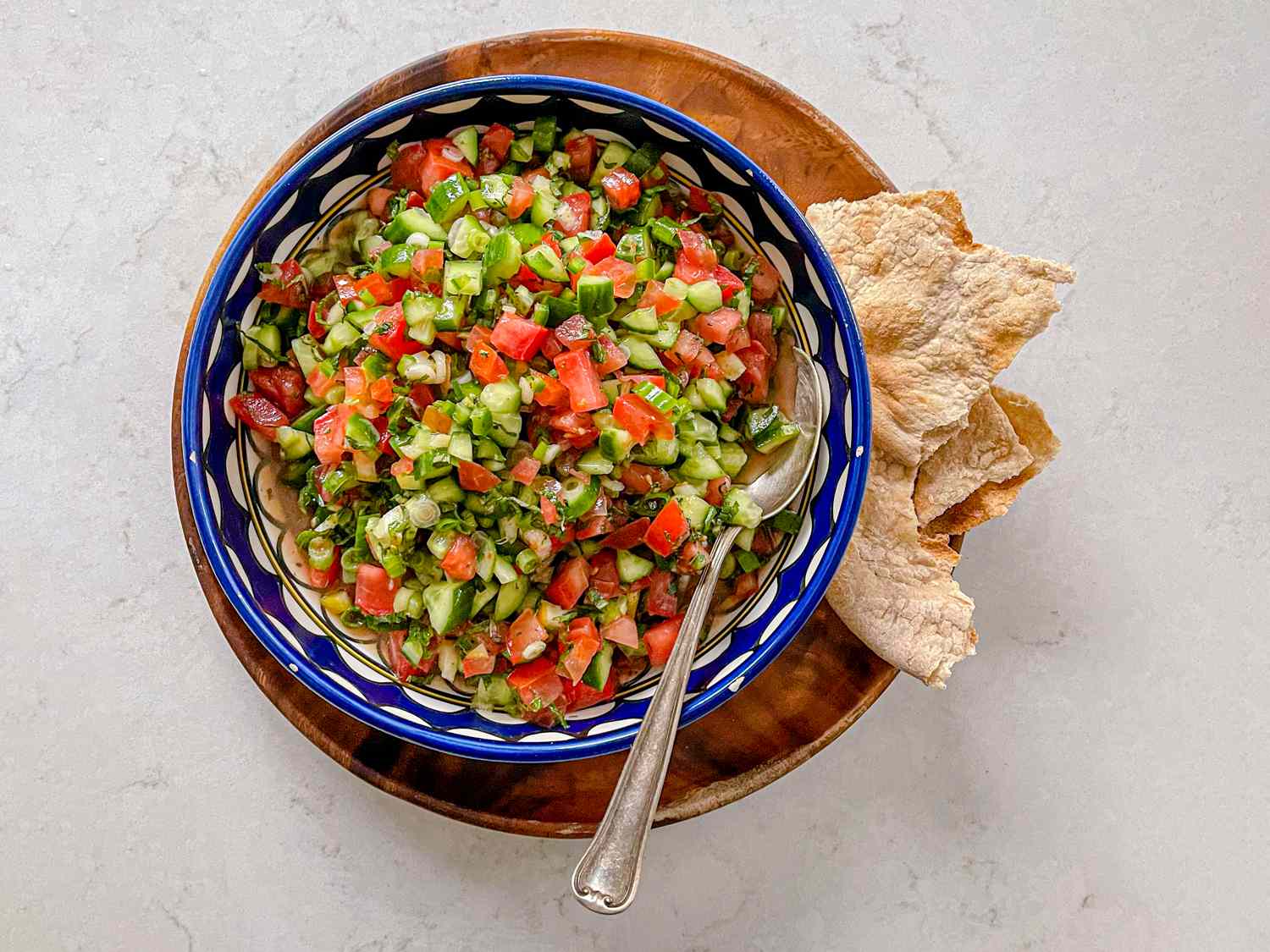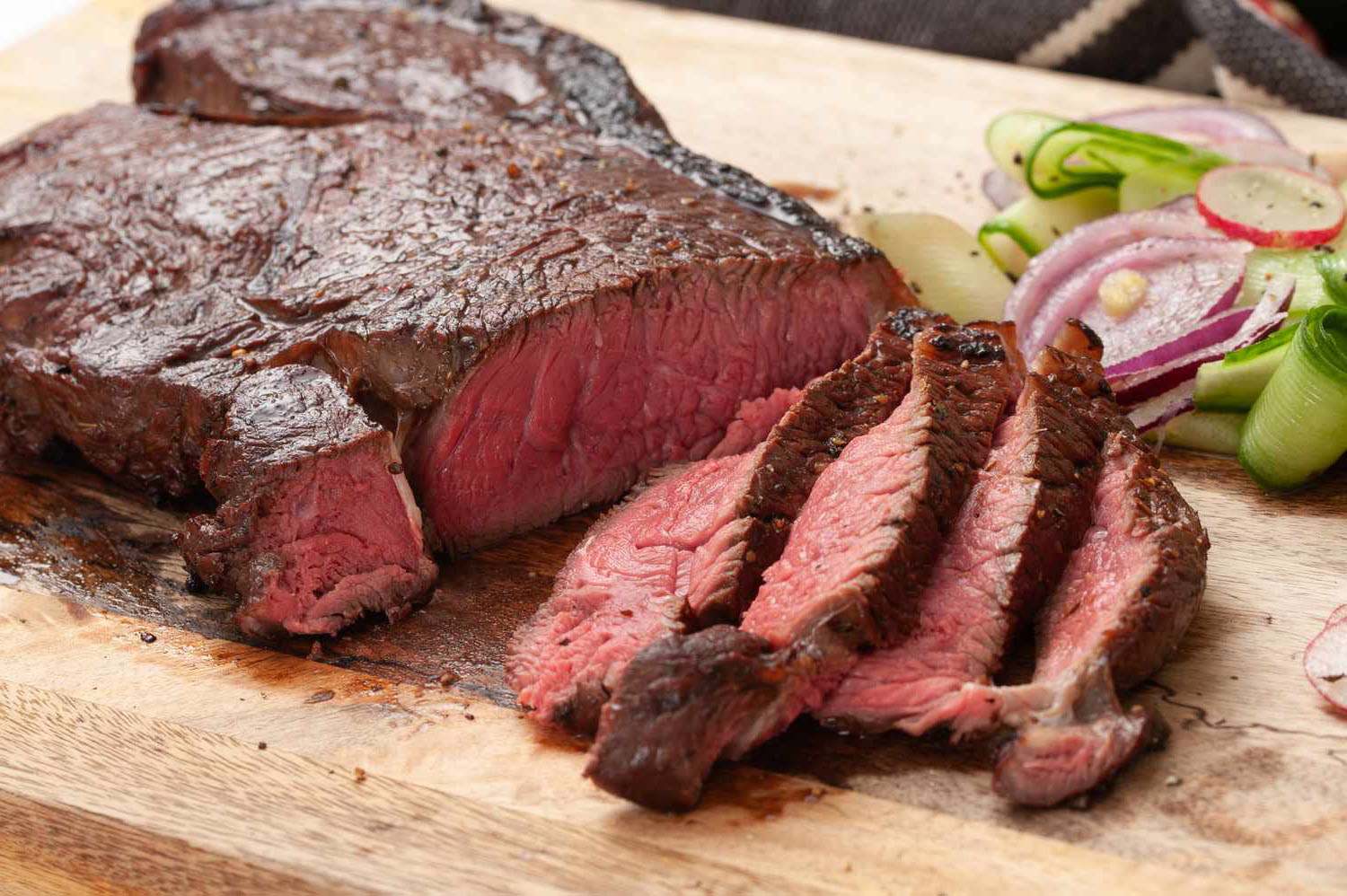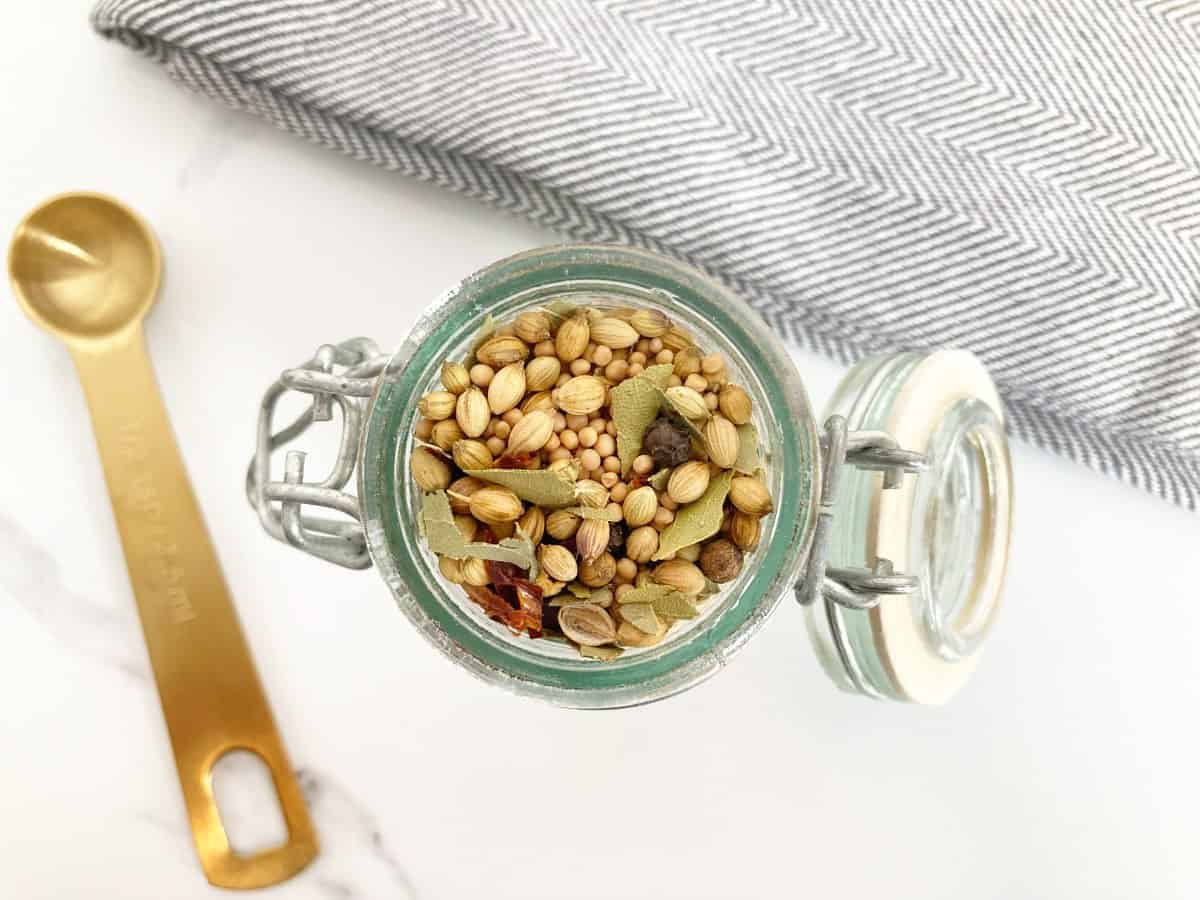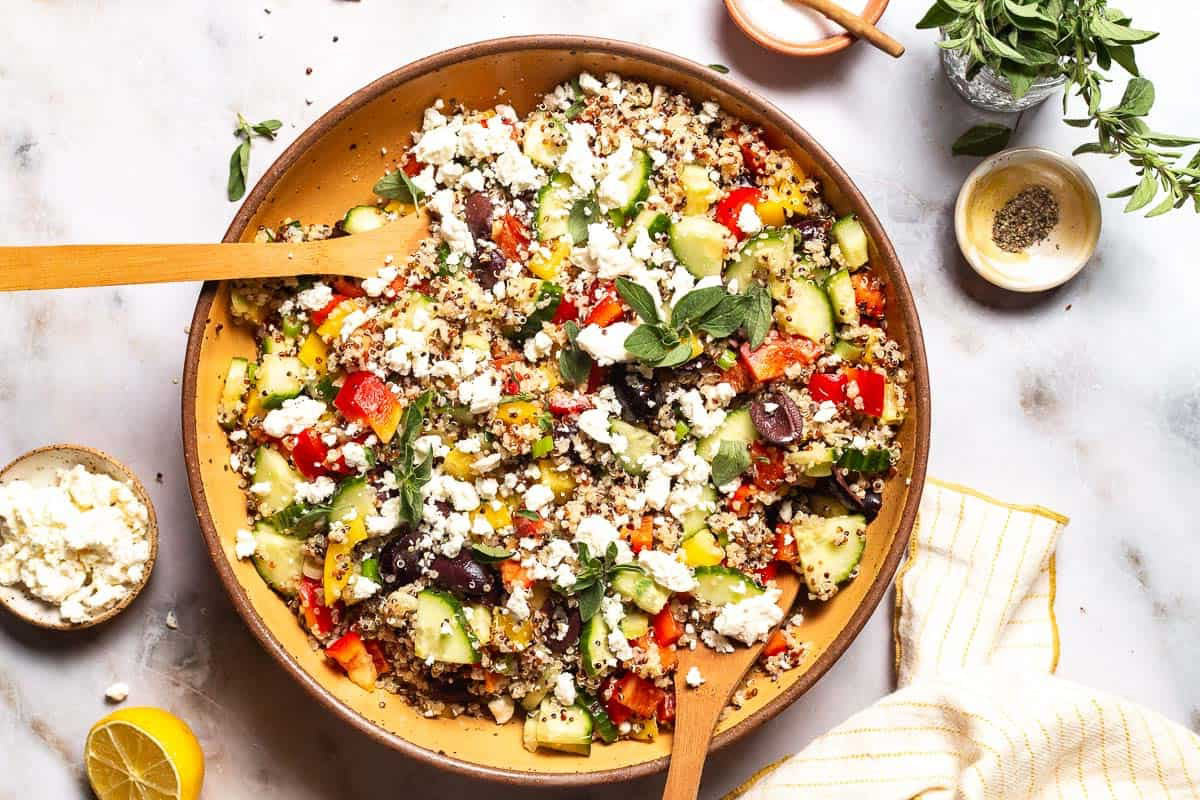When it comes to cucumbers, the European cucumber stands out as a popular and versatile variety. Also known as the English cucumber or seedless cucumber, this type of cucumber offers a unique taste and texture that sets it apart from other varieties. In this article, we'll explore what European cucumber is, its characteristics, and how it can be used in cooking.
Characteristics of European Cucumber
European cucumbers are longer and slimmer than traditional cucumbers, with a dark green, thin skin. One of the most distinctive features of European cucumbers is that they are seedless, which means they have a mild and slightly sweet flavor. The lack of seeds also contributes to their crisp and tender texture, making them a popular choice for salads and snacking.
Nutritional Benefits
Like other types of cucumbers, European cucumbers are low in calories and high in water content, making them a hydrating and refreshing snack. They also contain essential nutrients such as vitamin K, vitamin C, potassium, and dietary fiber. These nutrients contribute to overall health and well-being, supporting functions such as bone health, immune function, and digestion.
Culinary Uses
European cucumbers are incredibly versatile in the kitchen and can be used in a variety of dishes. Here are some popular ways to enjoy European cucumbers:
-
Salads: The crisp texture and mild flavor of European cucumbers make them a perfect addition to salads. Whether sliced, diced, or shaved into ribbons, they add a refreshing crunch to any salad.
-
Sandwiches and Wraps: Due to their seedless nature, European cucumbers are a great choice for sandwiches and wraps. They can add a juicy and crunchy element without making the bread soggy.
-
Pickling: While European cucumbers are often enjoyed fresh, they can also be pickled to create tangy and flavorful pickles. Their seedless nature makes them ideal for pickling, as the absence of seeds prevents the pickles from becoming too watery.
-
Gazpacho: This cold Spanish soup is a refreshing way to enjoy the flavor of European cucumbers. Blended with tomatoes, peppers, and other fresh ingredients, European cucumbers add a cool and crisp element to this summer dish.
Selecting and Storing European Cucumbers
When selecting European cucumbers, look for ones that are firm, with a vibrant green color and no soft spots. Due to their thin skin, European cucumbers do not need to be peeled before eating, making them convenient and easy to prepare. Store them in the refrigerator to maintain their freshness and crispness.
In Conclusion
European cucumbers are a delicious and nutritious addition to any meal. Their mild flavor, crisp texture, and seedless nature make them a versatile ingredient in a variety of dishes. Whether enjoyed fresh in a salad or pickled for a tangy treat, European cucumbers are a delightful option for adding a refreshing crunch to your culinary creations.
Was this page helpful?
Read Next: What Is Firecracker Sauce Recipe
